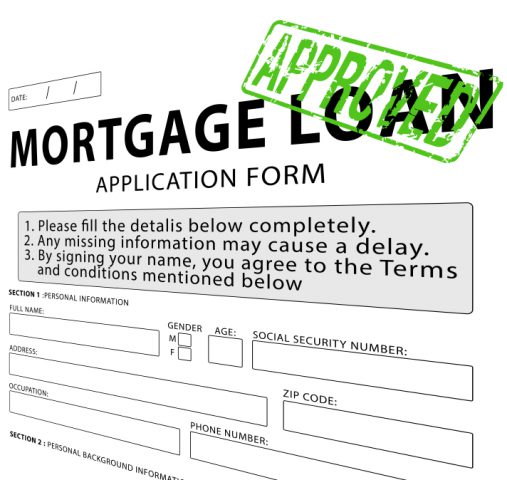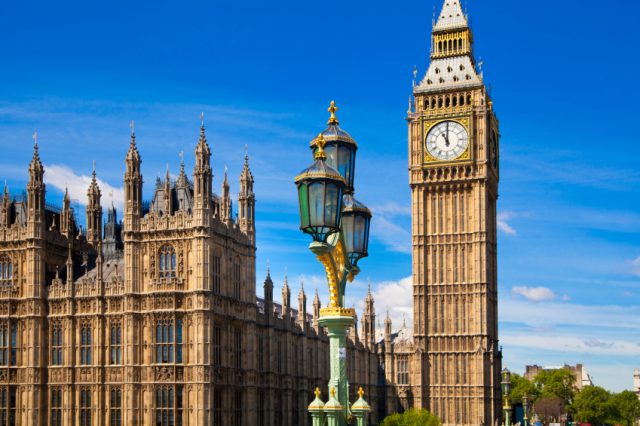Average UK rents rise 3% annually
Average rents throughout England and Wales are now 3% greater than at the same period twelve months ago, according to new research.
The latest Buy-to-Let Index from Your Move and Reeds Rains show that rents now stand at £791 per month. This was a rise of around £23 per tenant from the same period in 2015.
Margins
These rises come after a fairly quiet March on a monthly basis, with the average level of rents the same as recorded in February. This comes after just a 0.1% rise between January and February.
By region, the East Midlands saw the greatest increase in rental growth, with rents now 8.5% higher than in March 2015. This has taken rents in the area to a record monthly high of £613. The West Midlands closely followed, with annual rises of 6.7%. This took the average rent to £597 per month.
London came in third in terms of annual rent rises, with rents up by 4.6% over the year. Typical rents here are now £1,231.
In contrast, Wales and the North East both saw rents fall annually. For both regions, rents dropped by 2.2%. Wales now has average rents of £551 per month, with rents in the North East standing at £507.

Average UK rents rise 3% annually
Storm coming
Adrian Gill, director of Your Move and Reeds Rains, stated, ‘as the Spring market warms up, recent weeks may have been the last of the best deals for those signing a new tenancy. Into April, market rents will start to build a gradual but inevitable path, ultimately reaching the very peak of the market in the Autumn. Early Spring is just the calm before the storm.’[1]
‘Early 2016 records for the Midlands demonstrate the direction of travel this year. Demand for homes in the private rented sector is driven by the flow of jobs and the flux of a generally more mobile workforce looking for a place to live. This reflects the strengths of private renting – the opportunity for young independent adults to strike out on their own, or for families to move across the country and earn the best possible livelihood,’ Gill continued.[1]
Concluding, Mr Gill said, ‘this regionality is also the core challenge for the private rented sector. In the towns and cities with the biggest renting populations it is a constant struggle for supply from landlords to match demand from tenants. With a surge in jobs and local economic activity, rents rise. Keeping pace will not be easy, and will depend on the freedom to invest as a landlord.’[1]
[1] http://www.propertyreporter.co.uk/landlords/average-uk-rent-up-3-year-on-year.html







